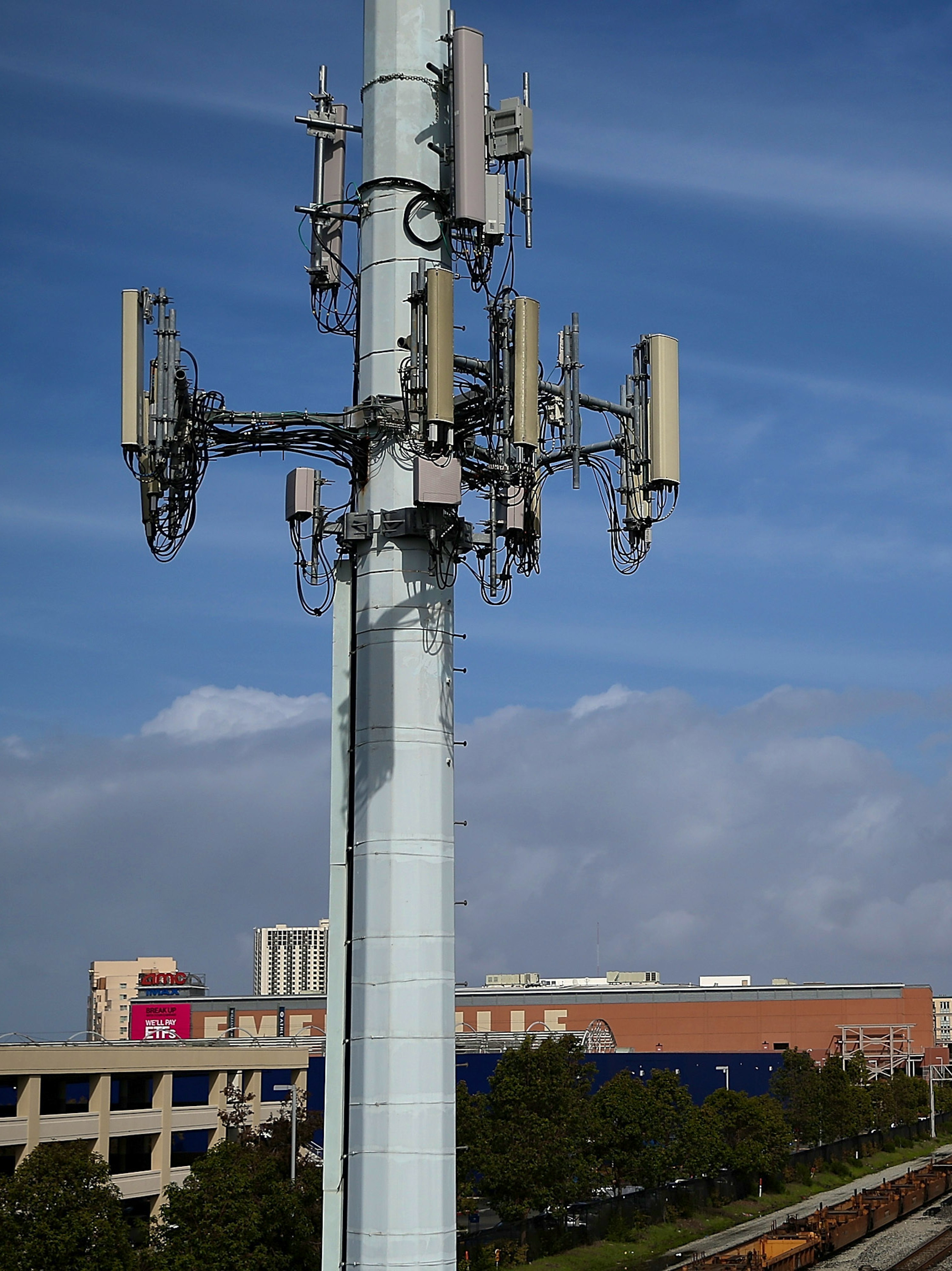If you've ever walked through a city, you may have seen tiny mini 5G cell towers on street light poles. safe distance from cell tower appear like tiny boxes however they're actually sending wireless signals from cell phone providers to your mobile.
The smaller ones are being replaced by the larger built cell towers. While they're not as noticeable but they can still create problems for those who live nearby.
what is a safe distance from a cell tower define the safe limit at which an individual can be exposed to electromagnetic radiation from wireless devices. The limits of exposure are based on scientific data that show that RF energy can be harmful to human health.
The absorption rate specific (SAR) is an indicator of the radiofrequency energy that is taken up by tissues. It's typically 1.6 milliwatts per kilogram averaged over one kilogram of tissue.
But, since 5g operates at higher frequencies this could be able to increase the intensity of energy on the skin and other exposed body parts. This can lead to various potential harms, including exacerbated development of skin diseases such as dermatitis, skin cancer and cataracts.
Due to the possible harmful effects of radiation from 5G, PSU has chosen to establish a general, localized maximum power density of four MW/cm2 averaged over 1 cm2, and not to exceed 30 minutes, for all 5G services at 3000 GHz. This limit for localization is in line with the maximum SAR spatial-average of 1.6 W/kg averaged over 1 g of tissue at 6 GHz.
The FCC's Maximum Exposure Thresholds for Maximum Exposure
In the event that you've used cell phone, you probably know that the safest distance from the tower is around 400 meters. This is due to the transmitting power of cell towers increases drastically the farther you are from it.
Although this may sound like a good idea however, those living close to towers could be more prone to health problems. For instance, a 2014 study in India found that those living within 50 meters of cell towers had significant more health issues than those who were away from the antennas.
However, this study also revealed that those who relocated to areas that were further from cell towers experienced their symptoms return to normal within a few days. Another study has shown that exposure to high levels of radiofrequency electromagnetic fields (EMFs) can cause cancer, brain tumors as well as other health issues.
This is because RF radiation, which is utilized in wireless communications, can be absorbed by the body's outer layer, which is the skin. This is vital to be aware of because the skin acts as a protective barrier against injury to the body, infection by pathogenic microorganisms, and infiltration of toxic substances. It is also the biggest organ in the human body and is accountable for protecting other organs.
The FCC's Minimum Exposure Thresholds for the Minimum Exposure
The FCC's Minimum Exposition Thresholds are based upon many assumptions that aren't supported by scientific evidence. They include the incorrect belief that short-term exposures RF radiation is safe due to the limited radiation penetration in the human body (i.e., tissue heating).
This also overlooks the deeper penetration of the ELF components of modulated RF signals as well as the effect on the body of short bursts from pulsed RF waves. These theories are not compatible with the current understanding of biological effects of RF radiation, and thus, they should not be used for health protective exposure standards.
Additionally there is the fact that both ICNIRP and FCC limit the maximum limits of exposure to peak local SARs that are based on the maximum frequency of absorption (psSAR) which is an inadequate dosimetric tool to determine the degree of exposure to RF radiation. Particularly it is inconclusive when frequencies exceed 6 GHz. In what is a safe distance from a cell tower , psSAR is not been tested for RF radiation with co-exposure to other environmental agents , such like sunlight. The interactions of RF radiation and other agents in the environment could result in antagonistic or synergistic results. This can lead to an increased risk of adverse health effects. For example, co-exposure to RF radiation along with exposure to sunlight can cause an increase in the incidence of skin cancer, as well as aggravate other skin disorders, such as acne.

